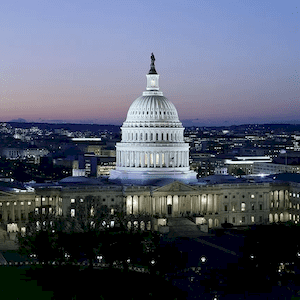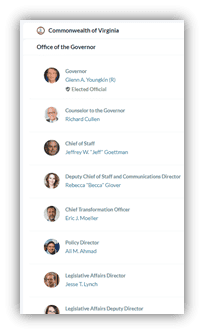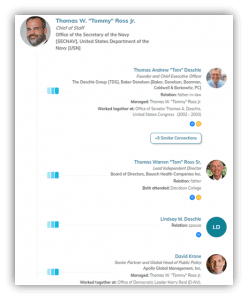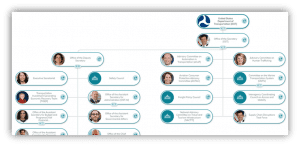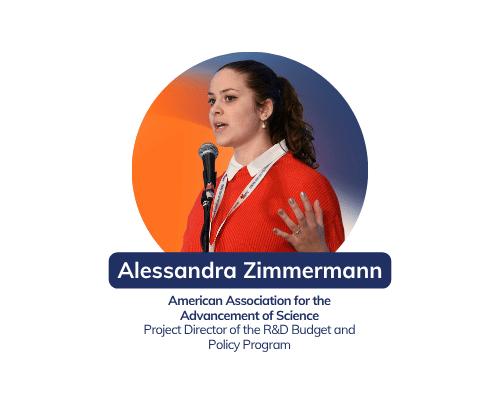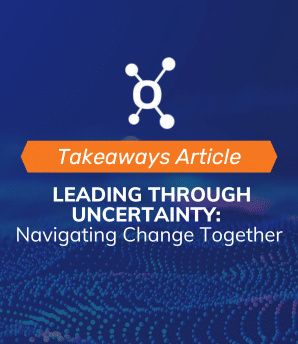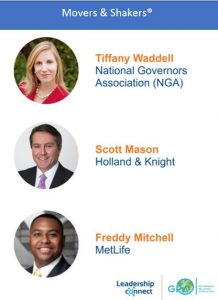
In 2020, the shift in advocacy from being primarily in-person, event-based, and meeting driven to virtual began. Two years later, with a potential flip in the House, a gridlocked legislative second session, and new leadership across the states, these strategies now need to further grow and shift.
Here are their tips:
- Internal and external audiences are equally important.
The thirst for information is at an all-time high, thus creating a need to over-communicate to internal and external stakeholders. C-suite colleagues may not understand the nuance of something like the CARES Act. Prepare not only talking points for how it impacts your industry, or the district involved but the business as a whole –and get that information out promptly to the right people. - Educate, translate, navigate.
Knowing your audience is vital. Whether a legislative staffer in a state house or a Senator, learning their background, issue areas, and stance on whomever you represent will enable you to translate that message accurately. Once the message is created, maybe the VP of Government Relations isn’t the right person to share it – it could be your communications team, a staff assistant, or even the CEO. - Sometimes, you must move laterally or pivot on a plan or a role.
Your number one focus shouldn’t be moving up to run a public policy shop. Sometimes, you move sideways to impact decision-makers, your company, and your career. To do so, stick close with your network – they will provide the support and guidance you need to make the right decisions. - Learning how to navigate quickly.
Change is inevitable – but being prepared helps you navigate quickly. Governors were challenged with making fast decisions in response to massive federal funding – they’ve never been more important. Knowing when to adjust your strategy from federal to state and local or from majority to minority will help you prepare for anything – but hopefully not another pandemic. - Be persistent – but don’t be annoying.
- Challenge yourself regularly to get out of your comfort zone.
Getting out of your issue area or box to learn something new will help open doors. If new federal, state, and local staffers of the newly elected members disagree with the issue area you’re covering; it might work to your benefit to know more about other industries to leverage your goals in different ways. - Say yes to opportunity.
Do not close doors. Open them. Get in the habit of saying “yes” to new roles, opportunities, people, and your more extensive network. That’s how you find your “next big impact” by saying “yes” – because if you don’t, someone else will. - Since technology is here to stay, learn it – but know being social will come in handy.
Fly-ins seem to be grounded on the tarmac for some time longer, so the call to action is to learn how to leverage the technology you have available to you. This includes creating small industry round-tables with no more than ten people to push the conversation. Moreover, focus on some of this congress’s most impactful and relevant issues. DE&I, the impacts of infrastructure on localities, and jobs in congressional districts are hot right now and the talk of the town. - Network with EVERYONE — not just senior staff for senior members.
The majority, minority, state, local, communications staffers – you never know where they are going or where they will make an impact. Lower-level staffers move up, and then the upper levels might become your direct competitors. Get to know everyone in an office, and your presence will be more welcomed when you have an ask.
Law shops, multiclient, corporate government affairs, and trade associations can integrate these nine tips into their current strategy. Preparing for another year of screen time, expanding your network, and understanding state governments’ power right now are critical for successful government affairs work.
“By the time you truly need a relationship, it is too late to build it.”
About Leadership Connect
Founded by a White House staffer in LBJ’s administration, Leadership Connect helps 40,000 policy professionals build relationships within federal, state and local governments, non-profits and the corporate community. From stakeholder mapping to org charts to identifying anyone you need to target for advocacy, Leadership Connect makes it easy.


